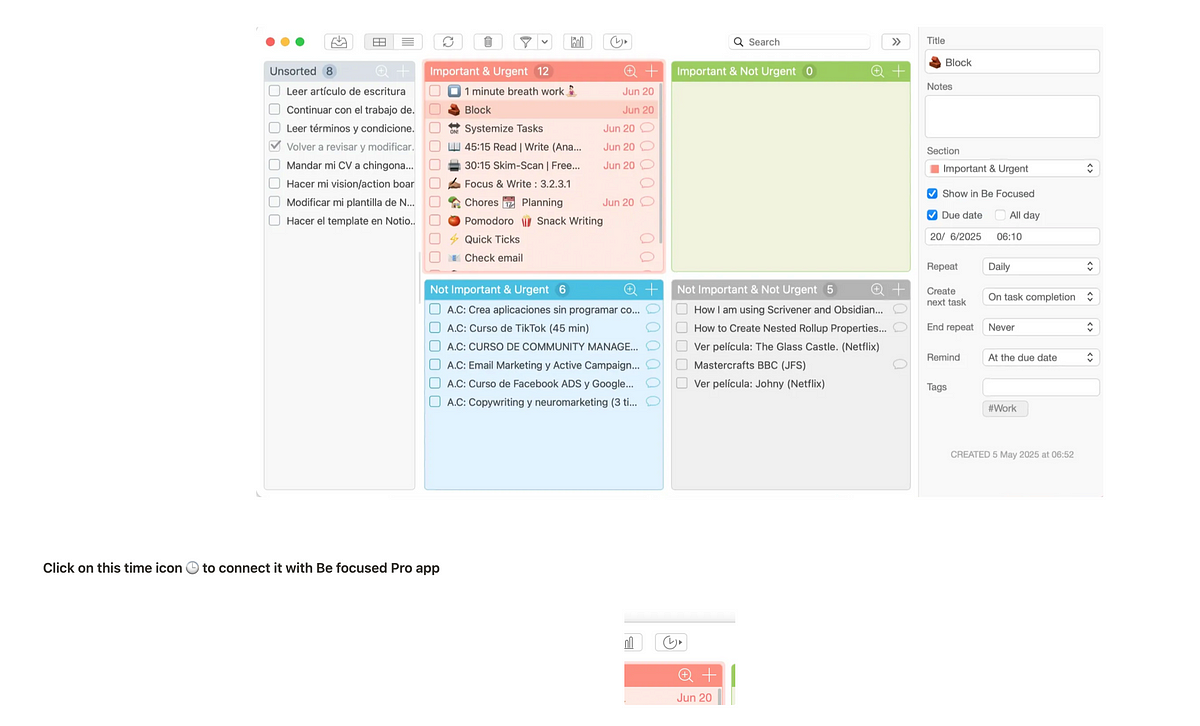Real-Time Shift Updates: Keeping Care Teams Informed with Bloom
As a manager, whenever a request for a schedule change comes across your desk, it isn't simply a schedule change; it involves balancing the competing needs of every employee against the goals of the business. From day shift swaps to last-minute schedule changes, knowing how to navigate employee schedule requests ensures you keep your team happy and your business running. This guide will summarise how to handle schedule change requests, try to create some measure of equity, and also consider other viable alternatives when it's simply unavoidable to schedule two programs at the same time. Let's keep this straightforward: we are looking to develop a process that will work for you and your organisation for your employees and prevent avoidable inconvenience and disruption.

As a manager, whenever a request for a schedule change comes across your desk, it isn't simply a schedule change; it involves balancing the competing needs of every employee against the goals of the business. From day shift swaps to last-minute schedule changes, knowing how to navigate employee schedule requests ensures you keep your team happy and your business running. This guide will summarise how to handle schedule change requests, try to create some measure of equity, and also consider other viable alternatives when it's simply unavoidable to schedule two programs at the same time. Let's keep this straightforward: we are looking to develop a process that will work for you and your organisation for your employees and prevent avoidable inconvenience and disruption.
Understanding the Significance of Schedule Flexibility
Having flexible working hours is more than just a perk; it is a vital element to keep employees on track and your company functioning properly.
-
Improving employee satisfaction & retention
Bloom helps to fulfil schedule change requests, which show that your team and their needs are important. When employees feel validated and supported, they are more likely to show loyalty to your company, saving time and money on turnover. Here are the reasons flexibility works:
-
Increased job satisfaction, employees recognise when their schedule change requests are taken care of without having to go through the stress of "official" request protocols.
-
Elevated productivity, happier employees tend to perform better, thus improving team performance overall.
-
Retention is positively impacted by reducing frustrations and burnout by fairly addressing the requests.
By finding other means to accommodate shift changes, such as shift swaps or changing hours, you can keep your team members adequately shifted without overwhelming their morale.
-
Accommodating varied requests from employees
Anyone who has been in a supervisory role has processed a request to change an employee’s schedule. Understanding these types of requests can shape the way we lead and the level of empathy and compassion we show our employees. Common requests can be due to:
-
Personal commitments, personal and family obligations, affect everyone in the workplace; there is a busy life outside of work every day.
-
Health perspectives, whether it be physical or mental health, a change is required.
-
Transportation: any employee on a shift cannot drive for whatever reason.
When an employee brings forward other challenges, acknowledging them and responding in a way that reflects your assessment of their situation and how it aligns with your company policies allows for a definitive response to the request.
Developing a Clear Schedule Change Policy
Policies for requesting changes to schedules help ensure consistency and fairness and can help prevent confusion.
-
Essential elements of a good policy
A good policy should clearly outline expectations for employees and managers. Here's how to create a policy:
-
The submission process outlines how employees can submit their requests through the Bloom scheduling software, email or form.
-
Notice periods require employees to notify changes in advance to give the company the opportunity to adjust.
-
Approval criteria describe the factors that guide how a request will be approved, such as how it impacts operations or available alternatives.
To assist your employees, it can make things easier if you use templates for submissions and responses.
-
Informing staff of the policy
Even the most effective policies are useless if staff don't even know they exist! You want to make sure the policy is readily available and easy to understand:
-
Team discussions, make sure the policy is reviewed in team meetings, either during periodic check-in sessions or at training sessions.
-
Written guidelines provide the process in written form, reference it in an email or a centralised location for staff to easily access.
-
Digital access, consider if the policy can be included in scheduling software, or uploaded to an employee portal.
Clear communication limits confusion, ensures staff know how to ask for policy changes, and outlines for managers that there are expectations for applying the policy uniformly and fairly.
Characteristics of a Fair Decision-Making Process
Fairness is not merely a concept. It is critical in building trust when managing schedule change requests.
-
Consistency of approvals and denials
Inconsistency in decision-making can create frustration and destroy morale amongst team members. If there is no common set of criteria for all requests, here are some suggestions:
-
Clearly defined standards, so there is a definition of what constitutes valid reasons for a schedule change request, such as family emergencies, important appointments or health issues.
-
Written policies and the criteria for decisions made shared with your organisation. This would help employees understand how their requests are going to be assessed.
-
Be fair and use the same rules for everyone, whether it is for day swaps or long-term scheduling changes.
By using a consistent decision-making process, you eliminate preferential treatment, and employees feel sure their request is being handled fairly.
-
Documenting requests and rationale
Keeping a record of all schedule changes is not just best practice, it is necessary in the interest of transparency and accountability. Some key reasons to document are:
-
Find trends, review past requests to identify trends, such as frequent shift changes in particular roles or departments.
-
Avoid disputes, If an employee has a concern about you denying their change request, it'll be easier to respond to their concerns if you have some written record.
-
Referring to the past, being able to look back over the past will help you manage requests in the future, especially by being able to identify what solutions were previously utilised.
It is strongly suggested to use scheduling software to allow you to outline, if possible, the details such as date of request, reason for request and decision made. Documentation will limit biases in your scheduling decisions as you can rely on data, and also ensure follow-up with the employee after their change request is resolved.
Conclusion
Efficient shift updates, Bloom provides a new alternative for businesses wanting to improve employee engagement and productivity. Shifts' real-time updates allow an employee's shift planner to be a more than effective scheduling tool, allowing simple scheduling, improved communication, and enhanced fairness. It tackles shift rostering issues, combining the better use of insights to allow businesses to engage workers who are more engaged, happy, and productive.



































































![https //g.co/recover for help [1-866-719-1006]](https://newsquo.com/uploads/images/202506/image_430x256_684949454da3e.jpg)





















![How Smart PMs Scale Their Careers in Any Org [TPG Live Recap]](https://tpgblog.com/wp-content/uploads/2025/06/2025-06-12-thumbnail-action.png?#)














































